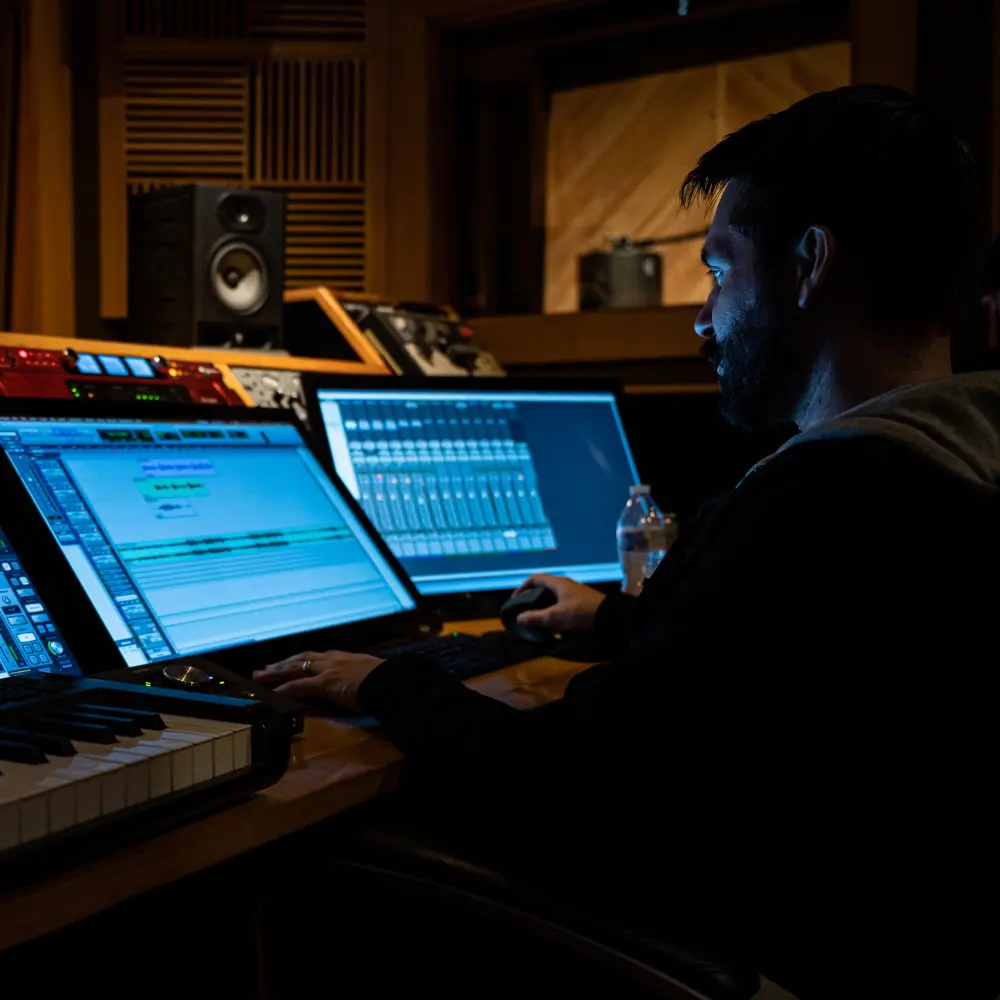-
How Do A&R Executives Work With Songwriters and Producers?
A&R executives collaborate closely with songwriters and producers, identifying creative talent and trends. They provide guidance, connect artists with resources, and nurture development. By facilitating communication, offering constructive feedback, and coordinating production efforts, A&R professionals play a crucial role in shaping musical direction and ensuring commercial success for artists overall.
-
What Are Some Common Myths About A&R in the Music Industry?
Many believe A&R only discovers talent, but their role is far more strategic, involving artist development, market analysis, and creative guidance. Another myth is that success solely depends on the A&R department, while in reality, it is a collaborative process with heavy dependence on marketing, management, and evolving industry trends.
-
What Role Does Networking Play in an A&R Career?
Networking is essential in an A&R career because it builds relationships with artists, producers, industry professionals, and record labels. By establishing connections, A&R professionals glean opportunities, cultivate artist discovery, secure collaborations, and access exclusive industry insights. Networking fuels growth, credibility, and long-term success within the competitive music landscape for progress.
-
How Do A&R Teams Determine the Budget for an Artist’s Project?
A&R teams determine an artist’s project budget by evaluating multiple factors including previous sales, anticipated market reach, development costs, production quality, and potential return on investment. They collaborate with finance and marketing teams, review track record, negotiate allocations, and align expenses with strategic goals and available funding levels for success.
-
From Followers to Fans: Social Media Marketing Tips for Musicians
In today’s digital age, having an effective social media for music promotion strategy is no longer optional for musicians; it’s essential. Platforms like Instagram, TikTok, and YouTube offer unprecedented access to vast audiences worldwide, providing musicians the tools to share their music, connect with listeners, and grow their fanbase. Artists can create a buzz around […]
-
How Do A&R Representatives Predict Music Trends?
A&R representatives predict music trends by meticulously analyzing streaming numbers, social media engagement, and emerging cultural influences. They study data analytics, monitor independent artist growth, and evaluate audience behavior shifts. Combining industry experience with trend forecasting techniques, they identify promising sounds and innovative talent likely to define future musical landscapes.

